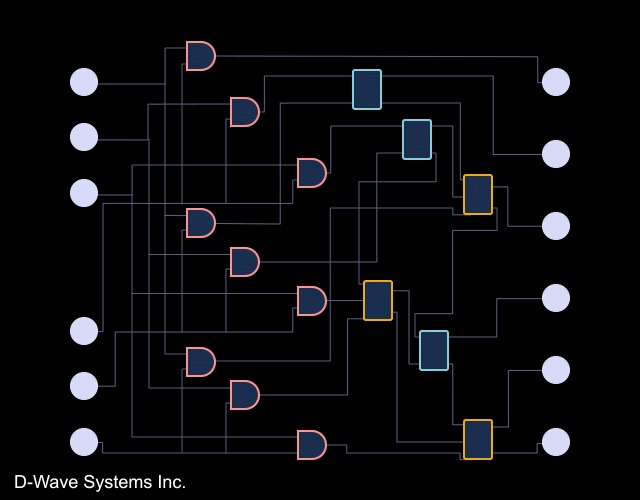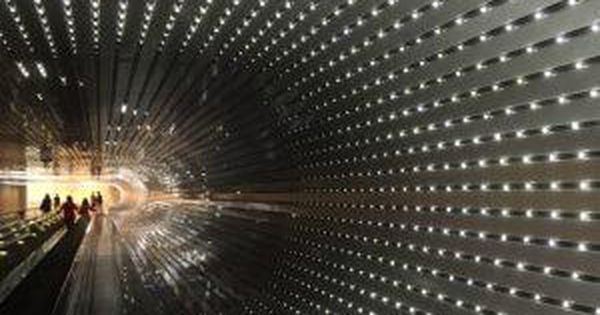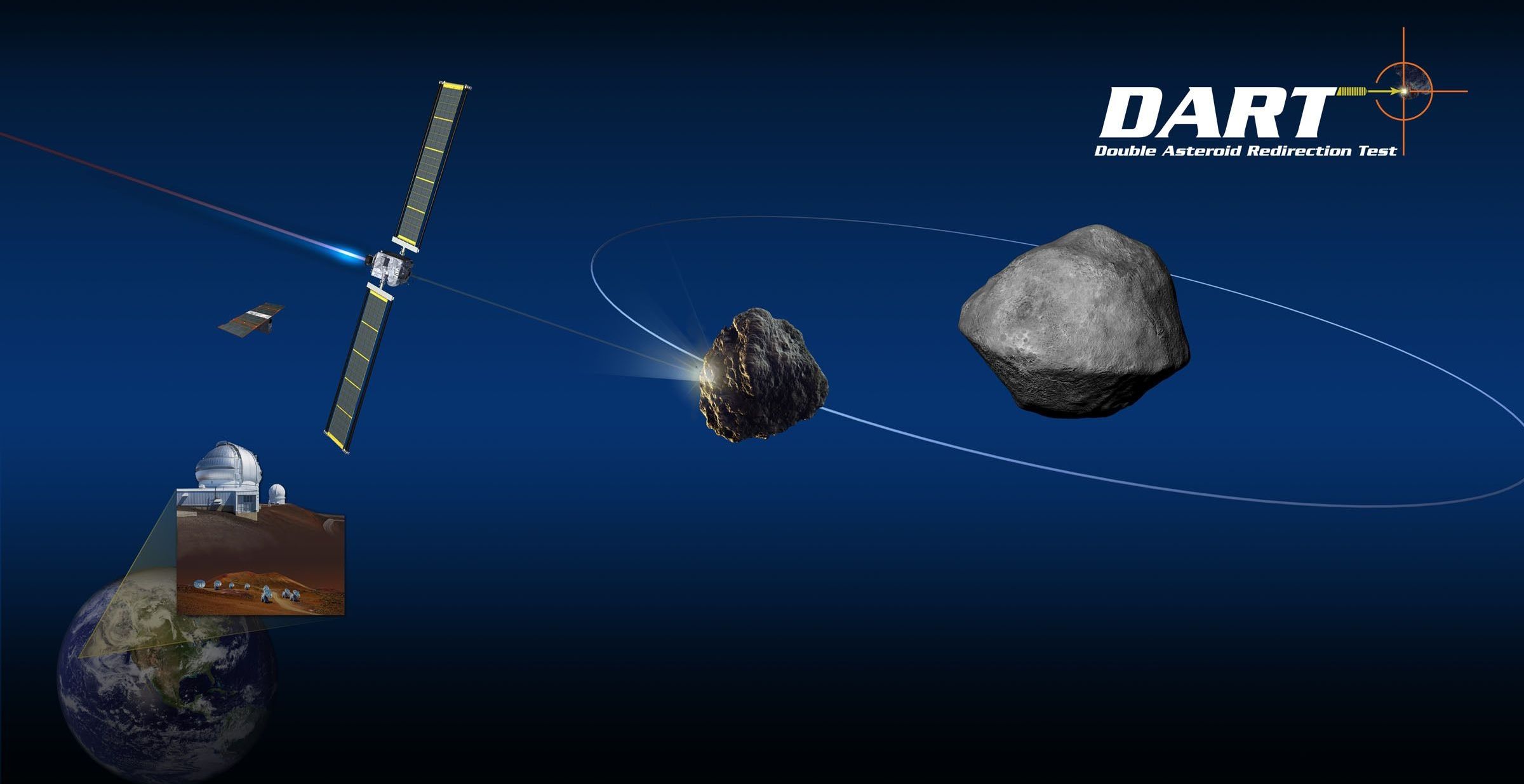New research suggests that weird blobs in the deepest part of Earth’s mantle could be leftovers from an ancient magma ocean.


The gumdrop-shaped capsule is designed to function essentially as a space taxi, ferrying up to seven astronauts and their cargo to and from the International Space Station. Boeing is expected to conduct the spacecraft’s first crewed test flight to the ISS next year. (SpaceX is putting the finishing touches on its Crew Dragon capsule, which is also scheduled to carry its first crew in 2019.)
Recently, NBC News MACH visited a Starliner mock-up at NASA’s Johnson Space Center in Houston to get an insider’s look at the spacecraft — and a sense of what it would be like to fly aboard the futuristic capsule. [Editor’s note: Boeing is a sponsor of MACH’s Making of an Astronaut series.]

With apologies to author https://en.wikiquote.org/wiki/William_Gibson” target=”_blank” rel=” nofollow noopener noreferrer” data-ga-track=” ExternalLink: https://en.wikiquote.org/wiki/William_Gibson”>William Gibson, who originally pointed out that “the future is already here, it’s just not very distributed,” we can say that the impact of artificial intelligence (AI) is here, but that’s just not so very evenly distributed either. But that’s okay, for now. That’s because when it comes to AI, every industry has a different story to tell.

At the Storage Developer Conference, Microsoft presented a new paper that talks about how data can be stored in quartz glass cubes using laser light. The project is done in collaboration with University of Southampton Optoelectronics Research Centre. You can check out the full video of the Storage Developer Conference below.
The idea is to help companies store data easily and not compromise with the speed or the performance of the servers.

Det er da selvfølgelig et neurostimulations-pandebånd. Georg Gearløs’ tænkehat findes nu i virkeligheden. Det er noget med at bestemte områder i hjernen får tilført meget små impulser af strøm — man kan indstille den så den øger koncentrationsevnen — eller kreativiteten! Efter sigende. Skal jeg have den på næste gang jeg freestyler? Selvfølgelig skal jeg det. Glæder mig til at aflægge rapport PlatoScience 😬


Payback time.
DART is a test of the kinetic impactor technique, a potential method to deflect an asteroid on course to impact the Earth. Kinetic impactors are one of only a small number of approaches we think are mature enough to deploy in the near future if they are needed (though we hope they won’t be). The most powerful asteroid-deflection technique is the use of a nuclear device. While such a device makes for good (and bad) sci-fi movies, there is widespread desire to develop alternate techniques.
The kinetic impactor concept is rather straightforward: ram the threatening object with a spacecraft and change its orbit so that it misses our planet. In theory, we could heave ever-larger masses at ever-faster speeds to deflect ever-larger objects. However, we think there is a practical limit — we don’t want to break up an incoming object into several pieces, lest we replace one big impact with multiple, only-slightly-smaller impacts. Exactly where that tradeoff lies is still uncertain, but we believe we can keep an object intact if we change its speed by less than the object’s own escape speed. In other words, since we think a lot of these objects are loose aggregates of gravel held together by gravity, we don’t want to shove so hard that we accidentally overcome that weak gravity and disperse the gravel.
For Ryugu, the asteroid being visited by the Japanese Hayabusa-2 sample return spacecraft right now, that maximum deflection speed is about 30 centimeters per second. That tells us two things: first, it’s important to find potential problem objects as soon as possible because the longer warning time we have, the less we need to change the object’s speed. Second, kinetic impactors would be used to make speed changes of millimeters to centimeters per second, so that’s the kind of speed change we need to be able to measure on a test flight.


In the middle of the Atlantic Ocean, hundreds of feet underwater, the Greek goddess of love lives on—in the form of a dazzling reef fish.
In a new study published on Tuesday in ZooKeys, researchers from the California Academy of Sciences describe a new species of anthias, a common type of reef fish, named Tosanoides aphrodite or the Aphrodite anthias. The pink and yellow creature so transfixed researchers when they discovered it during a deep-water dive that they didn’t notice a large sixgill shark swimming directly above them.
“This one is without a doubt the most spectacularly colored fish I’ve ever described,” says Luiz Rocha, an ichthyologist with the California Academy of Sciences, in an email.